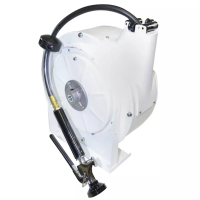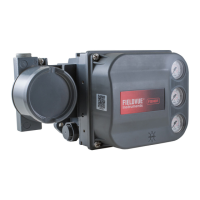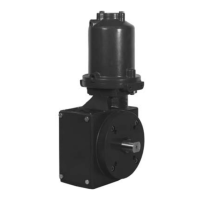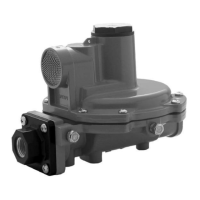[FISHER)
Configuration
5-49
5.11.1
Principle of Operation
Gain scheduling means that the controller switches between three
different sets of PI0 parameters, depending on the value of a chosen
reference signal (GSref). The reference signal may be an internal
signal (the output signal or the process value) or an external signaf
received on either Al3 or Al4.
The controller stores as many as three different sets of PID
parameters to use in three user-defined ranges (percent of reference
signal). When the reference signal passes from one range to the next,
the controller uses the set of parameters for that range.
The user may manually select and store the parameters using
FCODE 36 thru 44, or use the autotuner to derive and store them.
Ensure the process and reference signal levels
are in the appropriate range when using the
Autotuner to derive the parameters. Either drive
the process manually to the required level or
initiate autotuning when the process is at the
appropriate level.
When the Autotuner is used to automatically set the gain scheduling
table, the gain schedule reference (GSref) signal must be within the
preset limits (FCODE 34 and 35) before tuning procedures begin.
The tuning sequence shows how the parameter table is completed.
Note that the reference signal level changes between each tuning.
The labels 1 thru 4 at the bottom of the diagram, indicate the first
Tuning 1
2 3 4
thru fourth tuning cycles. Each box represents all three PID parame-
DPR900~c48
ters. The T beside the boxes shows that tuning is complete for that
range.
The values derived from each tuning are placed in
the ranges that have not yet been tuned. The
percentage ranges given in the example are the
default ranges. In the range O-IO seconds, the
increments are 0.1 seconds.
May 1991
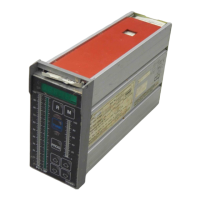
